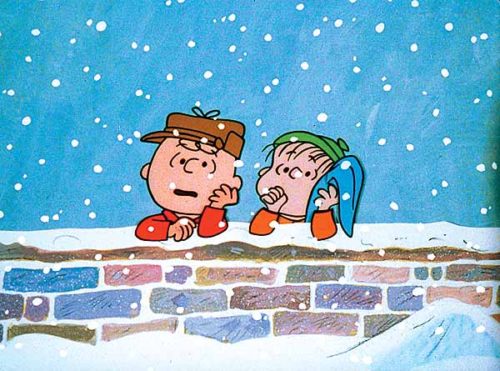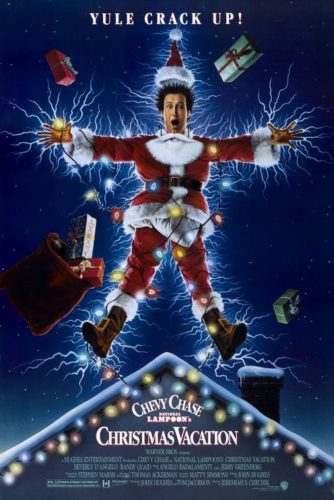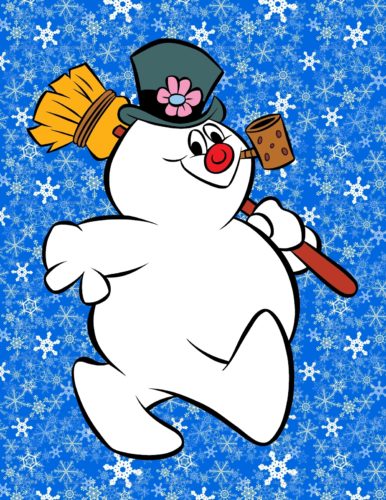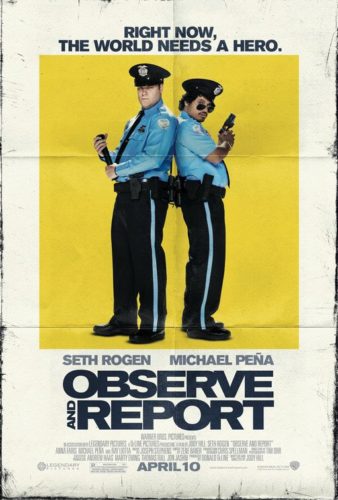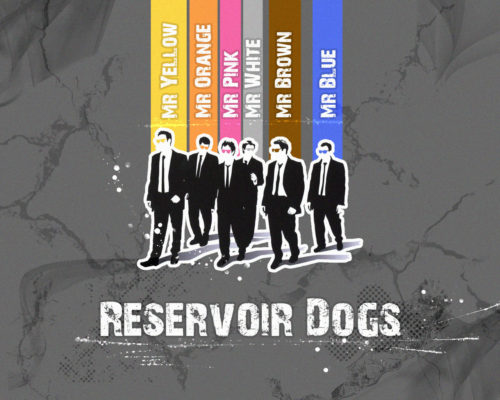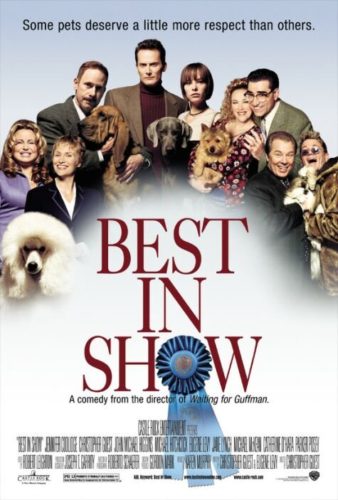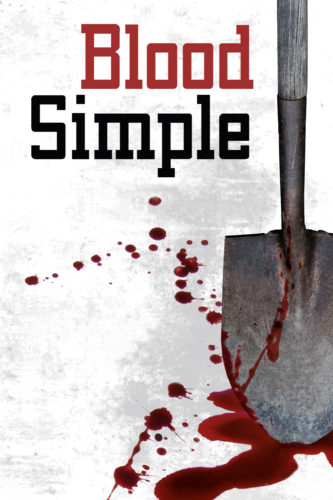Not Quite Horror contains reviews of films not traditionally considered horror films. By analyzing them as horror films (identifying the monster, discussing the shared worry for the audience and the main characters, and understanding the depth of horror available to the viewer), who knows? There’s more than one way to watch a movie.
A Christmas Carol (Various)
The Monster: Ebenezer Scrooge and all the evils inside of him. The cranky bastard endures visits from three spirits. They take him from his past, through his present, and into his future. With each visit, Scrooge faces the rottenness in his own soul.
The Horror: Few people grow as cold and callous as Ebenezer Scrooge, but even he cannot withstand repeated exposure to his failed humanity. The spirits tear him apart systematically, like an autopsy. They cut into him with images of his youthful innocence and first love, re-sensitize him to the human suffering all around him, and strip the last of his soul away by confronting him with his own death. Hellraiser’s Cenobites would be proud.
The Shared Fate: A Christmas Carol is as firmly entrenched in holiday culture as candy canes. More than this, the story (in book, play, film, or homage) is horrific as anything more traditionally associated with this genre.
Like Scrooges, horror fans explore the upsetting parts of their reality. The horror genre serves as spirits of Christmas past, present, and future. It also underlines the failures within humanity.
Genre fans can also experience the same joy Scrooge does when he wakes on Christmas morning and reconnects with humanity. Could Scrooge have experienced so much communal happiness without walking with horrors for a night? Perhaps Christmas is best experienced with a scare the night before.
–Axel Kohagen

